Apollo 12 photo AS12-47-6983, November 19, 1969, NASA.gov
“Science is not an ingredient that can be added to taste in such an endeavor. It is a reliable North Star, structurally indifferent to the ebb and flow of belief that drives great institutions off the road.” - Heather Heying
“Our doubts are traitors
And make us lose the good we oft might win
By fearing to attempt.” - William Shakespeare, Measure for Measure
Humanity has always known that science and defense are connected. The continent of Asia is bisected by an ancient piece of military technology known as the Great Wall of China. The Bible tells of a boy named David who defeated a giant (“6 cubits and a span,” which is around 9 foot and 9 inches tall) enemy soldier named Goliath “with a sling and with a stone.” The United States was born with the help of science. As Neil deGrasse Tyson points out in Accessory to War: The Unspoken Alliance Between Astrophysics and the Military, George Washington gave much credit to his telescope for his ability to fight superior British forces effectively.
In 2021, three patriotic mathematicians “who came to the United States as young immigrants” wrote in Quillette of their new country: “The United States has been dominant in the mathematical sciences since the mass exodus of European scientists in the 1930s. Because mathematics is the basis of science—as well as virtually all major technological advances, including scientific computing, climate modelling, artificial intelligence, cybersecurity, and robotics—US leadership in math has supplied our country with an enormous strategic advantage.”
United States dominance in the fields of Math and Science has lasted so long, it is hard to remember a time when we had to fear being surpassed by another power. But there was a time when evidence of being behind our opponents was treated with deadly seriousness.
After World War II, Vannevar Bush, director of the Office of Scientific Research and Development during the war, presented Science, the Endless Frontier: a Report to the President to Harry Truman. Bush wrote:
“The bitter and dangerous battle against the U-boat was a battle of scientific techniques - and our margin of success was dangerously small. The new eyes which radar has supplied can sometimes be blinded by new scientific developments. V-2 was countered only by capture of the launching sites.
We cannot again rely on our allies to hold off the enemy while we struggle to catch up. There must be more - and more adequate - military research in peacetime. It is essential that the civilian scientists continue in peacetime some portion of those contributions to national security which they have made so effectively during the war. This can best be done through a civilian-controlled organization with close liaison with the Army and Navy, but with funds direct from Congress, and the clear power to initiate military research which will supplement and strengthen that carried on directly under the control of the Army and Navy.”
Science, the endless frontier. A report to the President.
This report led to the creation of the National Science Foundation (NSF). It also led to the United States investing in military deterrence, which was accelerated after the Soviet Union’s successful testing of an Atomic Bomb in 1949 and the beginning of the Korean War. The deterrents included Hyman Rickover’s nuclear-powered Submarine and Ed Teller’s Hydrogen Bomb. (The strategy of deterrence had its doubters, but the Soviets were not among them. When Nikita Khrushchev had to justify his withdrawal of missiles from Cuba, he pointed out to the Supreme Soviet that “About 20 percent of all aircraft of the US strategic Air command were kept in the air round the clock with atomic and hydrogen bombs on board.”)
A few years later, the Soviet Union beat America to space when it launched its Sputnik satellite into orbit on October 4, 1957. The night Sputnik was launched, Senate Majority leader Lyndon Johnson, at his Texas ranch, went out to look for the object in the night sky, and later recalled in his memoirs "the profound shock of realizing that it might be possible for another nation to achieve technological superiority over this great country of ours."
A few weeks later, Johnson told an Austin, Texas, audience, “There is no reason why we cannot catch up and outstrip anyone else providing we unite and decide to do so. ... We have plant capacity that is superior in every respect. We can outproduce the Soviet Union in steel, electric power, alloys, aluminum, magnesium - everything that could go into a satellite.” And yet, when the United States tried to launch its own satellite that December, the rocket exploded on the launching pad.
Senator Johnson asked the Senate Preparedness Subcommittee, which he chaired, to investigate how the economically impoverished, ideology-obsessed Soviet Union beat America to space. "We discovered some disturbing truths from those three months of hearings," Johnson wrote in his memoirs, including that the Soviet Union "was producing scientists and technicians substantially faster than we were." Senator Johnson put out his committee's report and worked closely with the Eisenhower administration to pump funds into rocket development. He added:
"A delayed but even more far-reaching reaction was the National Defense Education Act, the first legislation providing substantial federal aid to education. This law, passed within the year to assure the nation a steady supply of scientists, was a direct answer to our discovery that the Soviet Union was outpacing us in education. We were finally coming to see that our defenses did extend even to the classroom."
It took until August 1960 for the United States to successfully launch a satellite and then successfully retrieve its capsule (carrying an American flag), then a week later to launch a satellite which, for the first time, took secret photographs of the Soviet Union.
Vannevar Bush told Johnson's committee that:
"You are doing a great deal by this set of hearings, and I hope you will keep them up. The sputnik was one of the finest things that Russia ever did for us. I am very glad they fired the thing off. It has waked this country up. There has not been an awakening like this, I was going to say since the days of prohibition [laughter], but let me say since the days of Pearl Harbor. ... Let's be sure that we in this country do not forget that we now know we are in a tough race with a tough antagonist where there will be no mercy if we lose."
What nobody knew then was that, had Johnson and Eisenhower not moved to seize the space initiative when they did, America would have been strategically blind. For four years, the US relied on the high-flying CIA U-2 spy plane that would take photos while overflying targets inside the Soviet Union. But on May 1, 1960, the Soviets shot down a U-2 and captured the pilot. It was an embarrassment to the United States, and from that day forward all overflights of the Soviet Union were prohibited. The situation was saved by the spy satellites, which took their first photo of a Soviet military site on August 18, 1960.
On May 25, 1961, President John F. Kennedy told a Joint Session of Congress, “If we are to win the battle that is now going on around the world between freedom and tyranny, the dramatic achievements in space which occurred in recent weeks should have made clear to us all, as did the Sputnik in 1957, the impact of this adventure on the minds of men everywhere, who are attempting to make a determination of which road they should take.”
It was in this speech that JFK pledged to land a man on the moon before the decade was out, a task he delegated to his Vice President, Lyndon B. Johnson.
The moon project, known as the Apollo program, had a tremendous effect on stimulating American intellectual capital. Engineer Robert Zubrin, a supporter of Elon Musk’s SpaceX and founder of the Mars Society, program, says:
“I was 17 when we landed on the Moon, and the push leading up to it made me want to be part of it, so I decided to learn all the science I could. But I wasn’t alone. The number of science graduates in the United States doubled during the 1960s, and in some fields even tripled, as a direct result of Apollo. What Apollo actually said was learn your science and you can be an explorer of new worlds. This led to a massive increase of our scientific capital. I ended up actually working with space, but most went into other fields, computers for example. When people ask what the benefit of the human to Mars program would be, that’s what it would be! NASA talks about the technological spin offs, and there have been some, solar energy being one of the most notable. But the real benefit is the intellectual capital! That is what defines the wealth, the strength, the health of a nation.”
Zubrin believes that the next adventure to inspire the next generation of Americans is the colonization of Mars.
New life on Mars by Robert Murray
The United States’ scientific knowledge extended to the understanding of how to apply knowledge. During World War II, US intelligence formed a unit dedicated to collecting and translating foreign scientific papers and journals. In 1975, a 36 year old mathematician and radar specialist named Denys Overholser went to the office of the director of Lockheed Martin’s secret Skunk Works division to show the director (Ben Rich, who later wrote his memoirs) a “long, dense technical paper on radar written by one of Russia’s leading experts and published in Moscow nine years earlier.” The paper, “Method of Edge Waves in the Physical Theory of Diffraction” by Pyotr Ufimtsev, chief scientist at the Moscow Institute of Radio Engineering, did not pique the interest of the Soviets.
But Overholser was fascinated. The paper, Overholser admitted, “was so obtuse and impenetrable that only a nerd’s nerd would have waded through it all.” But hidden within it were the mathematical equations that were the key to unlocking effective stealth aircraft technology.
We Own The Night by Peter Chilelli
In 1991, American stealth aircraft made short work of Iraq's air defenses in Operation Desert Storm. Because Saddam Hussein's air defense system was built by and patterned on the Soviet Union's, the Soviets witnessed in real time how their weapons would fare against the United States. Marshal of the Soviet Union Viktor Kulikov, former Commander-in-Chief of Warsaw Pact Forces, said that "The military operations between the coalition forces and Iraq have modified the idea which we had about the nature of modern military operations. A deeper analysis is necessary, but one point is already clear; the Soviet Armed Forces will have to take a closer look at the quality of their weapons, their equipment, and their strategy." Soviet Defense Minister Dmitri T. Yazov said, "What happened in Kuwait and Iraq necessitates a review of the attitude to army air defense and the country’s entire air defense system." In other words, in the face of American Airpower and technology, Soviet defenses were worthless.
The Soviet Union was already on its death bed by 1991. To have its military technology and doctrine discredited by American stealth technology – that is, by the effective application of mathematics and science – must have been a mortal blow to Soviet military morale and the Communist Party’s credibility.
America’s victory in the Cold War shows that United States leadership and security depends on excellence in mathematics and science.
Thus, American educational institutions dedicated to science, technology, engineering and mathematics (STEM) are desperately needed if the scientific advantage is to remain in the hands of the free world. But what is happening instead is the exact opposite.
Readers of this newsletter are familiar with the woke takeover of academic life, but it is nevertheless remarkable that fields such as mathematics must be defended against charges of "white supremacy." It is worth recalling that the two leading STEM journals, Nature and Science, printed editorials in support of #ShutDownSTEM to protest "systemic racism" in the sciences. Physicist Lawrence Krauss writes that:
"In recent years, and especially since the police killing of George Floyd in Minneapolis, academic science leaders have adopted wholesale the language of dominance and oppression previously restricted to 'cultural studies' journals to guide their disciplines, to censor dissenting views, to remove faculty from leadership positions if their research is claimed by opponents to support systemic oppression."
One of many #ShutDownSTEM ads, this one from the taxpayer-funded Lawrence Livermore National Laboratory
As federal funds helped to boost STEM after WWII and the Sputnik launch, federal funds are now being used to bury STEM. Let it never be forgotten that the Smithsonian’s National Museum of African American History and Culture - a taxpayer-funded institution – in 2020 featured a poster that condemned "Emphasis on Scientific Method" - including "Objective, rational linear thinking", "Cause and effect relationships" and "Quantitative emphasis" - as one of the "aspects and assumptions of whiteness."
There are now university STEM departments where the "diversity statement" is the most important part of the application process. Lawrence Krauss writes that "The life-sciences department at the University of California, Berkeley reports that it rejected 76% of applicants in 2018-19 based on their diversity statements without looking at their research records." Life sciences are "the study of living organisms and life processes" - why is a "diversity statement" more important than one's research records in such a field?
The probable answer is fear. There are now massive and metastasizing "diversity" bureaucracies in every school, who operate like KGB offices, hunting down perceived infractions. In the Soviet Union, informers, or "stukachi" (squealers), were held in contempt by their peers. (According to a 1980 Time magazine article on the Soviet "stukachi" network, "At work, a factory laborer may be fired from his job for telling political jokes that an informer has repeated to the head of the personnel department, who is invariably working for the KGB." Totalitarians rarely appreciate a sense of humor.) But in America, getting a fellow student or professor "cancelled" is the surest way to get accolades on Twitter. So the squealers and the "diversity" bureaucrats feed off of and perpetuate each other.
Standing up to them risks bad press or loss of grant money, so most universities simply cave and offer up the "offender" as a sacrifice to the mob.
Something drastic must be done. Time is running out. As the three immigrant mathematicians detailed in Quillette magazine, China - who wastes little time on nonsense - is fast catching up to America in STEM fields and will overtake us if we do not correct course soon. The mathematicians write:
"According to the World Economic Forum, China has the highest number of STEM grads in the world—at least 4.7 million in 2016. (By comparison, the United States came in third at 569,000. And as noted previously, a large portion of these graduates are foreign nationals.) China also has vastly increased the quality of its top universities, with six now ranked among the best 100 in the world. Tsinghua and Peking (ranked 17th and 18th respectively) now narrowly outrank Columbia, Princeton, and Cornell. As visitors to these Chinese universities (including ourselves) can attest, the average math undergraduate is now performing at a much higher level than his or her counterpart at comparable US institutions."
They expressed the hope that "the rapid rise of China in strategically important STEM fields may help shock the American policymaking community into action—much like the so-called Sputnik crisis of the late 1950s and early 1960s, when it was Russia’s soaring level of technical expertise that became a subject of public concern. Then, as now, the only path to global technological leadership was one based on a rigorous, merit-based approach to excellence in mathematics, science, and engineering."
To do this, we need leaders with vision, courage and resources. We need a STEM school where no BS is welcome that will not be financially or publicly blackmailed into frivolities. If China overtakes America, their rule will not be benign, and the hopes and dreams of mankind will be subordinated to the Chinese Communist Party.
In an address to a gathering of anti-Communist intellectuals on June 27, 1950, Nobel Prize winning geneticist Hermann J. Muller, who's Soviet mentor, Nikolai Vavilov, was a victim of Trofim Lysenko’s purges, said:
"The community that nourishes science must not only be free from the physical oppression of nature and of other men, and have grounds for hope in its own prospects; it must also be relatively free from the despotism of imposed ideas. Its history must have entailed processes of intellectual disequilibration that led men to doubt the dogmas of their forefathers. Rarest of all — into the breach thus made there must have entered, in considerable strength, not merely a new and equally rigid set of dogmas, but a spirit of inquiry and objectivity, a wide tolerance for objectively reached but conflicting conclusions of others, a custom of candid criticisms, a distrust of all argument by authority and of all wishful thinking."
Apollo 11 astronaut Buzz Aldrin saluting the American flag on the Moon
Let us hope - for our sake, the sake of science and the sake of the future of freedom - that we will come to our senses and (to borrow a phrase) make STEM great again in the United States.
Follow Spyridon on Twitter @SpyridonM



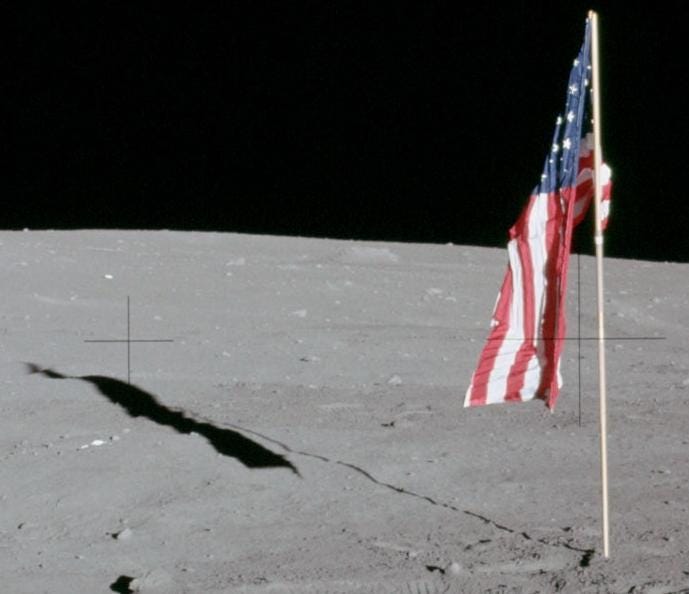
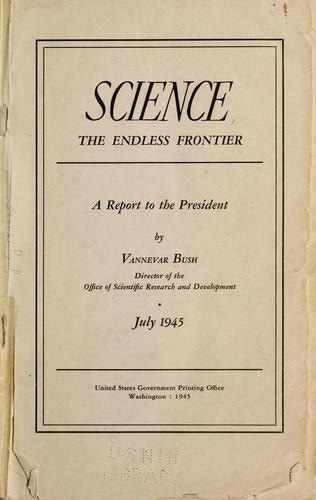

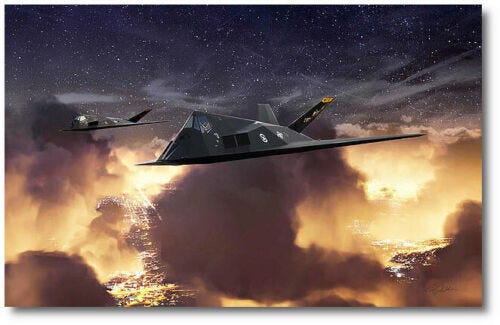
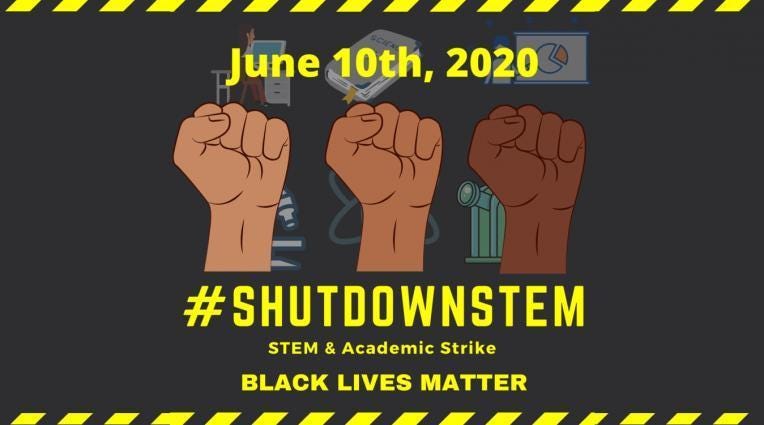
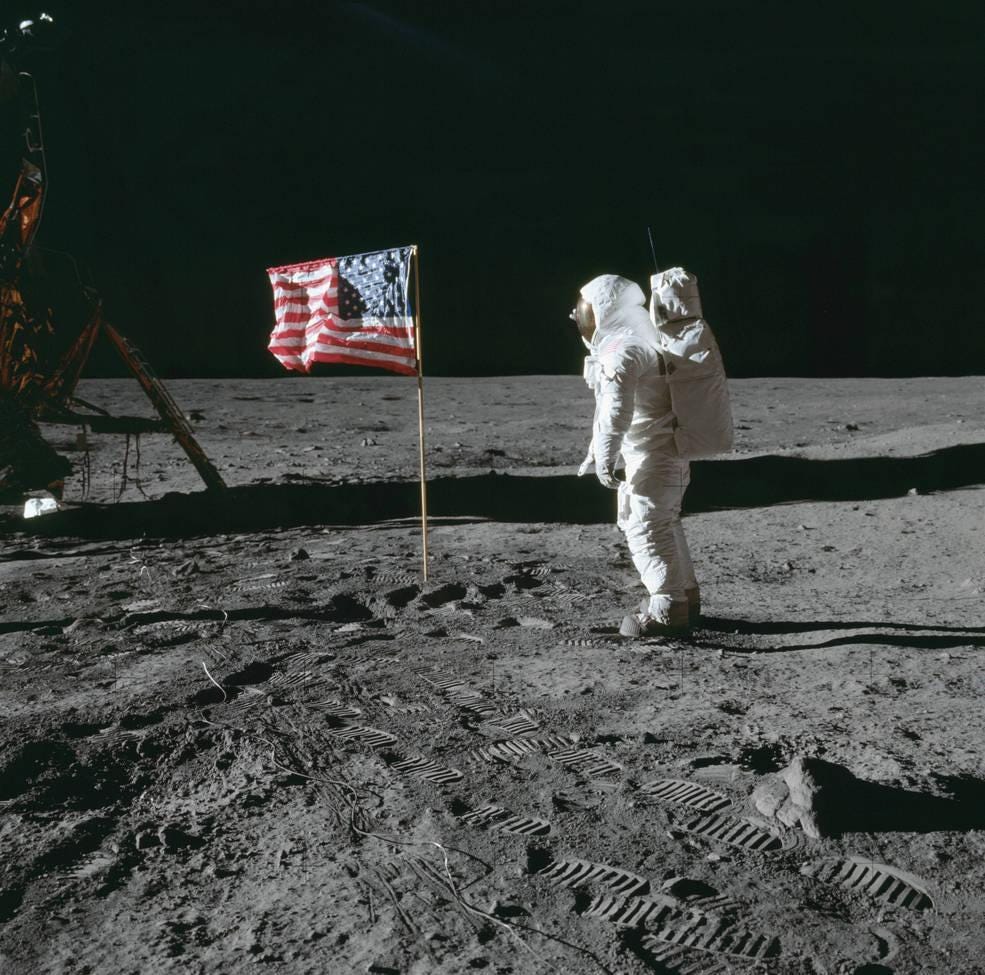
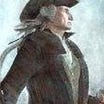
"Make STEM Great Again"
That'd make a great bumper sticker, along with "Defund the Thought Police."
One of the best treaties I gave ever read on the necessity of Both reinvesting in United statescience technology engineering mathematics as well as liberating Academic institutions that have been hijacked by radical leftist since the mid to late 1960s.